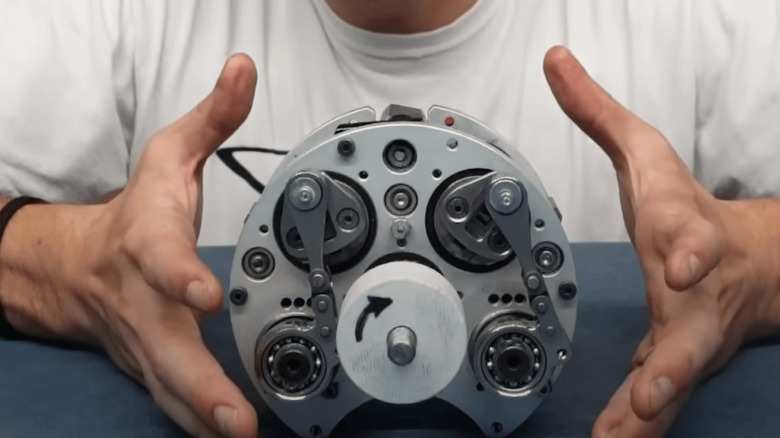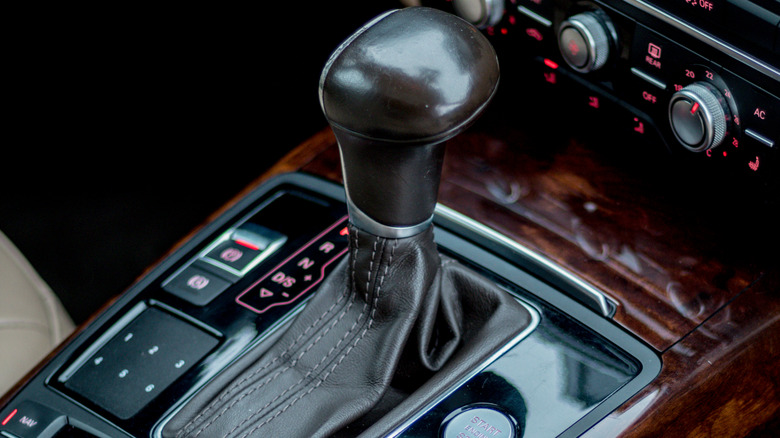What Is A Gear-Based CVT And How Does It Work?
There are a number of ways to transfer an engine or motor's power into drive, and these are generally split into two camps — automatic and manual transmissions. While gear-based transmissions have been popular for many years, more and more manufacturers are developing continuously variable transmissions, citing improved fuel efficiency and smooth acceleration as the primary benefits.
While it's true that belt-driven CVTs are very fuel efficient and smooth, they do come with their downsides. For example, traditional gear-driven automatic transmissions are generally more durable, easier to maintain, and can handle higher amounts of torque. White CVTs are great for fuel efficiency, they aren't very efficient as a transmission, as only 70 to 86% of the input power actually makes it through.
One company has managed to design a gear-based CVT, which manages to combine the benefits of both traditionally geared and continuously variable automatics. This highly efficient transmission boasts CVT traits, such as infinite ratios and stepless ratio variation, all while providing the efficiency of a geared transmission, while eliminating belt friction. The project is called RatioZero, and they claim to have cracked the code of combining the strengths and capabilities of a geared transmission with the smoothness and variability of a CVT — here's how they managed it.
A quick breakdown of how the RatioZero transmission works
CVTs get a bad reputation, largely due to the fact the belt inside wears, which translates to failure and big bills. This gear-based CVT should hopefully put an end to such woes. In this transmission, energy from the engine is transferred through to a number of planetary gears within the input ring of the transmission, as explained in detail on the driving 4 answers YouTube channel. At the output side, a number of smaller planetary gears also spin, but will temporarily appear stationary. Here, the small gears within the output gear are pausing to transfer torque to one another.
These small gears are connected to the aforementioned larger gears, which sit within the input gear via individual arms. They are connected via a freewheel, which means they can rotate independently of one another.
However, this only happens when the arm is central within the freewheel's axle. When it's not, the large planetary gear will cause the smaller planetary gear to move, and this leverage over the small gear enables the larger gear to transfer torque.
This leverage then translates through to the ring in which the small planetary gears sit, and this torque can then be transferred through to drive the vehicle. In simplified terms, a series of larger planetary gears are connected to smaller planetary gears via an adjustable arm, and as the arm adjusts, the speed in which the smaller gears rotate also adjusts, allowing the transmission to adjust the vehicle's speed.

